Mining has long been a driver of economic opportunity across Africa, yet the sector’s potential is often hindered by opaque licensing systems and inefficient administrative processes. In Kenya, where mineral wealth ranges from base metals to precious stones and rare earth elements, the transition from manual, paper-based licensing to a fully digital Online Mining Cadastre System marks a pivotal shift toward transparency, accountability, and investor confidence.
The evolution of Kenya’s Online Transactional Mining Cadastre Portal (OTMCP) reflects not only the country’s commitment to modernizing its extractive sector but also a broader movement across Africa to embrace technology-led governance.
 (1).jpg)
Global Perspectives on Mining Cadastre Systems
Globally, mining cadastres have become essential tools for managing mineral rights and promoting transparent investment climates. Countries such as Australia, Canada, and Chile have set the benchmark with digital systems that record and monitor exploration and mining rights through Geographic Information Systems (GIS) and online licensing platforms. These systems allow investors to access up-to-date geological data, verify ownership, and apply for licenses remotely, reducing administrative bottlenecks and curbing corruption.
In Zambia, Ghana, and Tanzania, digital mining cadastres have streamlined mineral rights administration by integrating mapping data, application workflows, and compliance monitoring. The benefits are evident: faster licensing turnaround times, reduced conflicts over overlapping claims, and enhanced revenue collection.
These global trends have provided a blueprint for Kenya’s own journey, demonstrating how digitization can transform the governance of mineral resources from a bureaucratic process into a transparent, data-driven system.
Kenya’s Journey: From Paper-Based Systems to a Digital Cadastre
Before the digital transformation, Kenya’s mining sector operated under a manual, paper-based licensing regime. Records were stored in physical files and maps, making the process time-consuming, prone to human error, and susceptible to manipulation. Investors often faced long delays, while overlapping or double-issued licenses were common due to inconsistent data management and limited interdepartmental coordination.
Recognizing the inefficiencies, the Ministry of Mining (now the State Department for Mining) initiated a comprehensive modernization effort aimed at digitizing the entire licensing process. This culminated in the launch of the Online Transactional Mining Cadastre Portal (OTMCP) in 2015, with support from the UK Department for International Development (DFID) and technical assistance from the Palladium Group.
The portal was designed as a one-stop digital platform for managing the full lifecycle of mineral rights, from application and evaluation to renewal, transfer, and revocation. Built on an open, GIS-enabled architecture, it allowed users to submit applications online, view concession areas, check license validity, and make payments electronically.
The system marked a radical departure from opaque, manual processes and ushered in a new era of transparency, efficiency, and accessibility in Kenya’s mining governance.
 (1).jpg)
Key Milestones in Kenya’s Digital Cadastre Transformation
Kenya’s journey toward a fully digital mining cadastre has evolved through several critical milestones:
- 2015 – Launch of the OTMCP: The Ministry of Mining officially launched the online system, offering end-to-end digital management of mineral rights.
- 2016–2018 – Data Migration & Capacity Building: Legacy records were digitized, staff trained, and the system integrated with GIS tools for spatial mapping of licenses.
- 2019 – Public Access & Investor Transparency: The portal was opened for public viewing, allowing stakeholders to monitor issued and pending licenses, thus reducing opportunities for corruption.
- 2021 – System Upgrades & Integration: Enhancements were introduced to improve user experience, integrate payment systems, and align with the new Mining Act (2016) and its regulations.
- 2023–2025 – Modernization & Expansion: Ongoing upgrades aim to expand interoperability with environmental and land management systems, enabling holistic resource governance.
Each phase strengthened Kenya’s position as a regional leader in digital mining governance, reinforcing trust among investors and regulatory agencies alike.
Impact on Transparency, Licensing Speed, and Conflict Reduction
- Faster Licensing and Greater Efficiency: The online system has streamlined application submission and approval, cutting processing time from months to weeks. Automated data validation and GIS mapping prevent overlapping claims and ensure accurate, faster licensing decisions.
- Enhanced Transparency and Accountability: Public access to license data through the cadastre portal has increased visibility and reduced opportunities for corruption. Investors can now track license status and ownership in real time, building greater trust and confidence.
- Conflict Reduction through Spatial Clarity: Integrated geospatial mapping clearly defines concession boundaries, minimizing overlapping rights and disputes between companies, communities, and government agencies.
- Improved Revenue Collection and Oversight: Digital integration with payment and reporting systems has enhanced revenue tracking and compliance. Policymakers can access real-time data to monitor performance and plan effectively.
Challenges and the Road Ahead
While Kenya’s online cadastre represents a major leap forward, the journey toward full digital maturity continues. Challenges such as data accuracy, system maintenance, and integration with land and environmental registries persist. Ensuring that all historical and artisanal mining data is fully captured remains a work in progress.
Moreover, continuous capacity building is essential to ensure that mining officers, county administrators, and small-scale miners are fully equipped to use the system effectively. Expanding digital infrastructure in remote mining areas will also be key to improving accessibility and reliability.
Future enhancements could include AI-driven analytics, mobile access, and integration with Blockchain technology to further strengthen transparency, automate compliance, and track the lifecycle of mineral rights.
 (1).jpg)
CSMs’ Role in Kenya’s Royalty Management System
As a leading GovTech solutions provider, CSM Technologies has been at the forefront of developing digital systems that enhance governance, transparency, and efficiency in resource management. Leveraging experience from large-scale land and mineral administration projects across Africa, CSM has built a web- and mobile-based Royalty Management System by automating data collection, reconciliation, and enforcement processes, and integrating with relevant systems such as the cadastral system, government payment gateway, and other institutional systems.
Before the manual processes in Kenya Royalty collection within the mining sector lead to inefficiencies, errors, and significant revenue leakage. The lack of integration with key systems, such as the cadastral system and government payment gateways, further hampers effective monitoring and enforcement of royalty payments. To address these challenges, CSM collaborated with the State Department for Mining, Republic of Kenya, has initiated the development of a comprehensive Royalty Management System. This initiative aligns with the government's broader objective of leveraging technology to enhance governance and operational efficiency.
Kenya’s transition to an online cadastre reflects the kind of digital transformation that CSM continues to champion across emerging economies, driving a new era of data-driven, transparent, and accountable governance.
Conclusion & Way Forward
Kenya’s shift from manual records to a fully digital mining cadastre marks a landmark achievement in the country’s extractive sector reform. By digitizing mineral rights management, Kenya has enhanced transparency, reduced conflicts, accelerated licensing, and built investor confidence, aligning with global best practices in mining governance.
Yet, the digital journey is ongoing. Strengthening data integration, upgrading digital infrastructure, and fostering user adoption remain priorities. With the continued collaboration of government, technology partners, and investors, Kenya can further refine its mining cadastre into a model of digital excellence and sustainable resource governance for the continent.
As Africa’s mining landscape evolves, Kenya’s experience demonstrates a powerful lesson: when technology meets governance, transparency and progress follow.





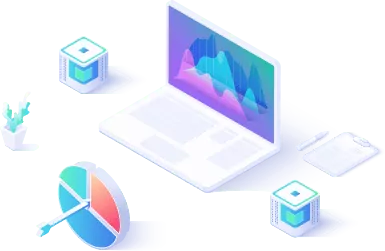

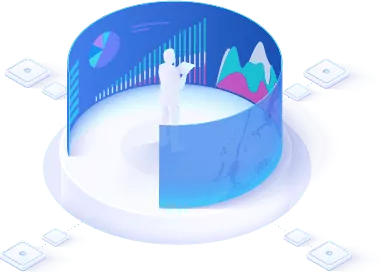



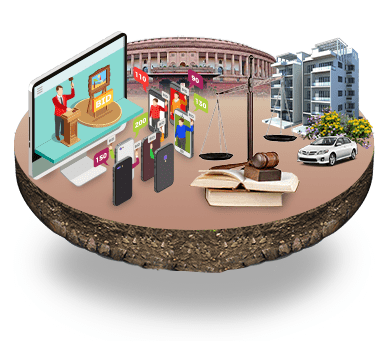
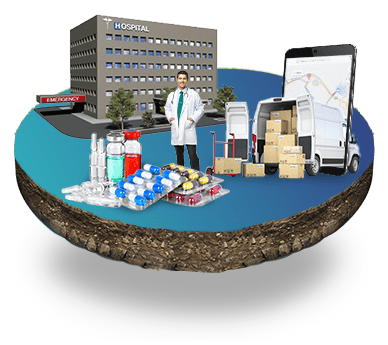

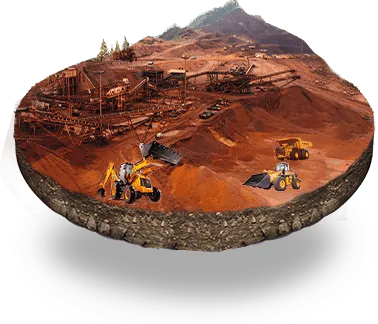


 (1).jpg)


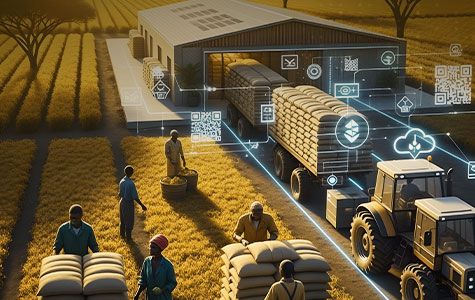





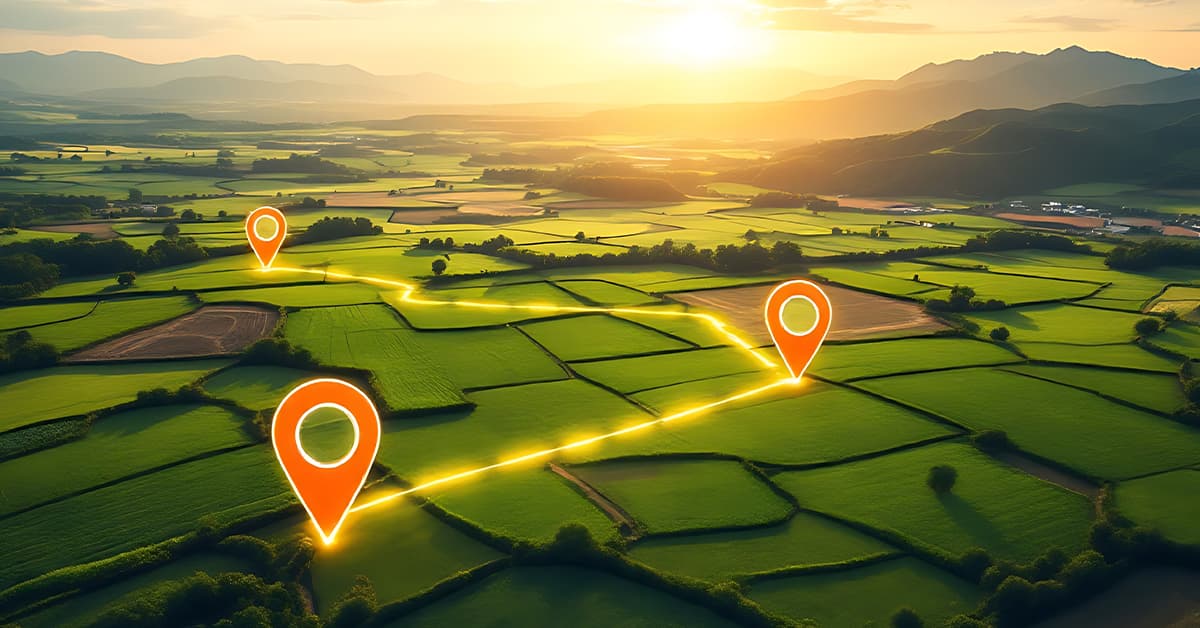




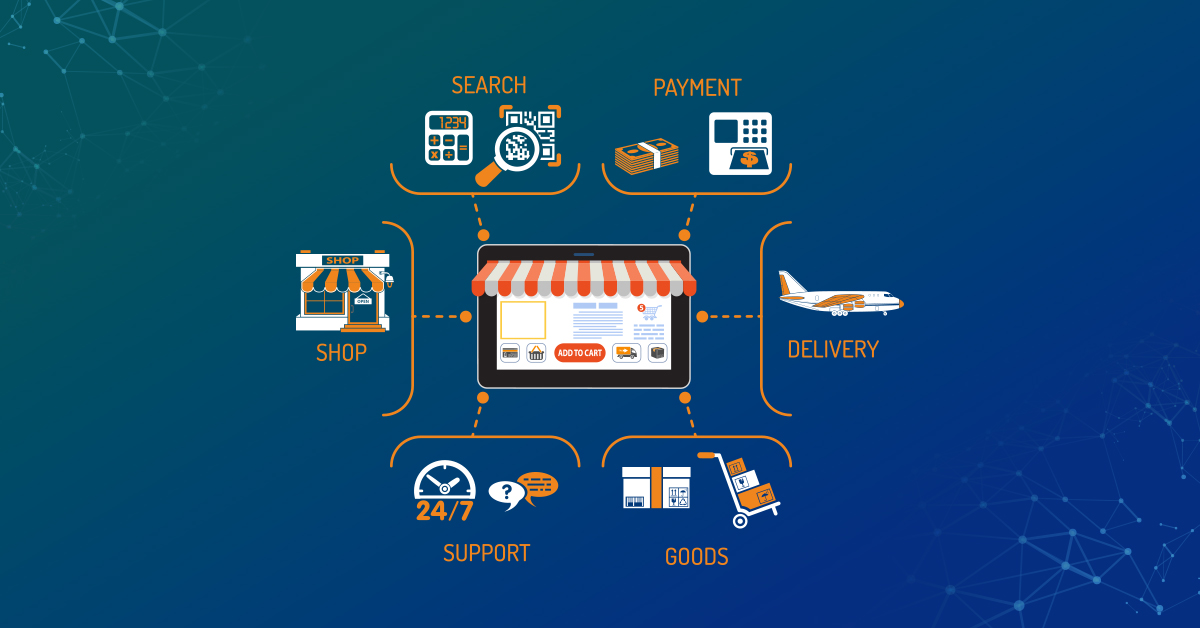
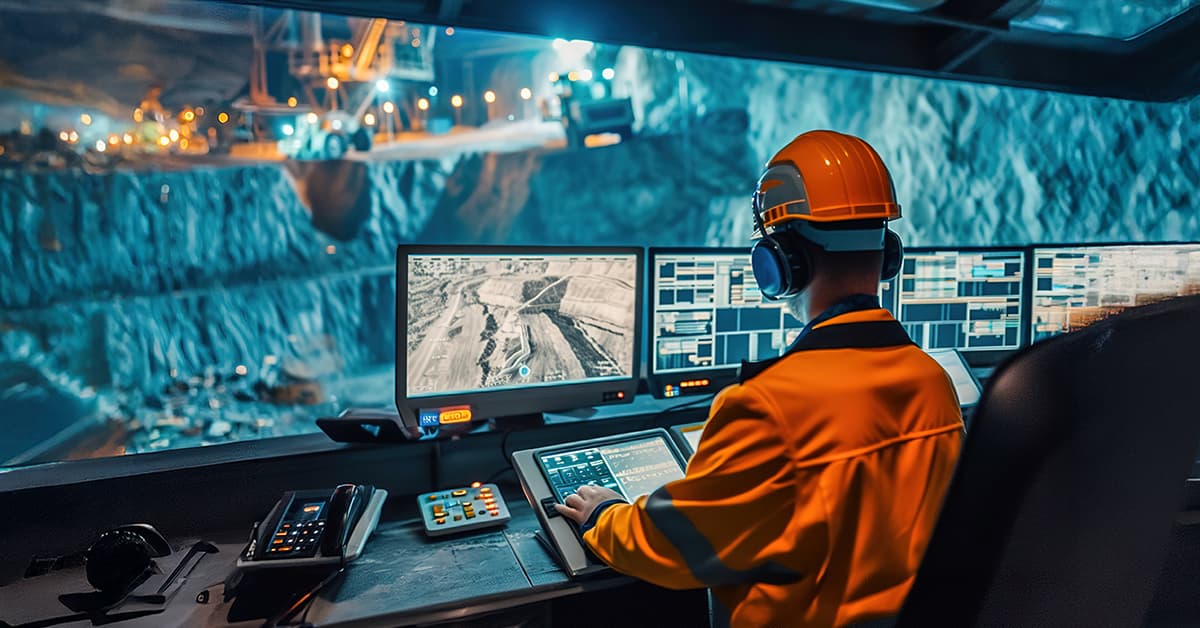









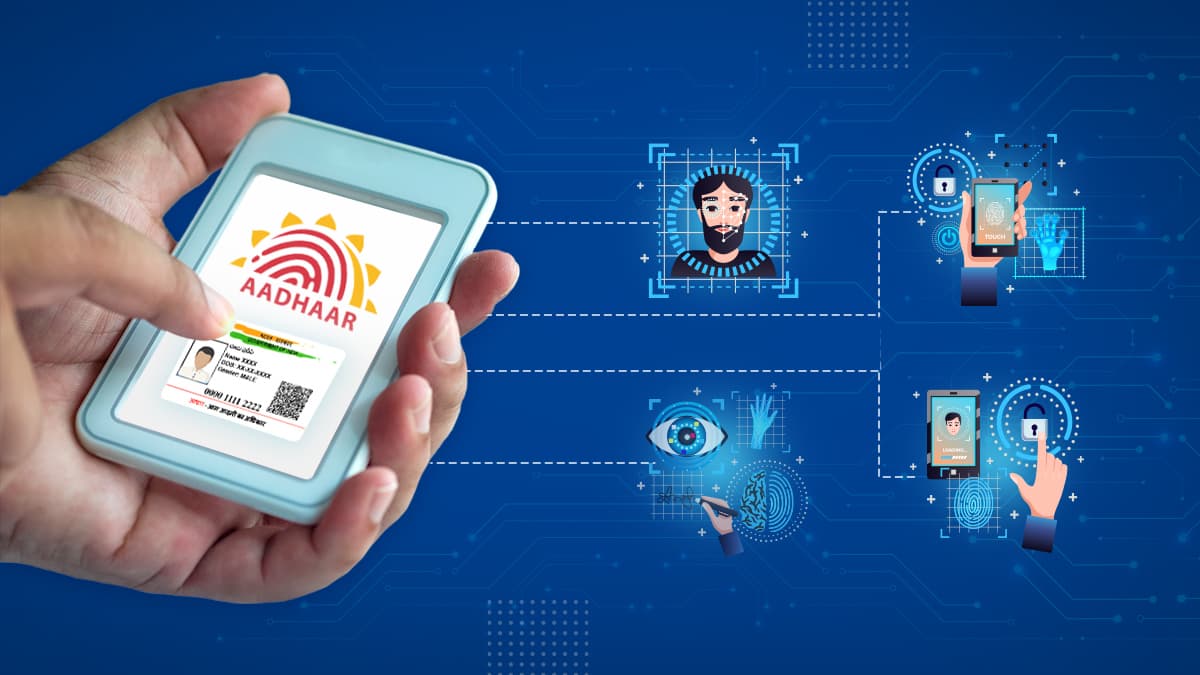


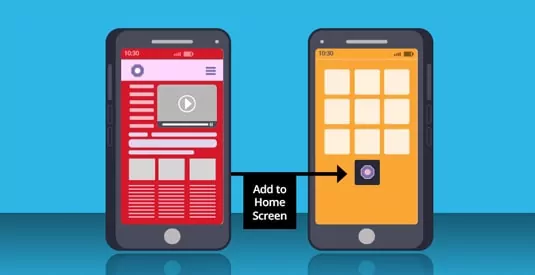

We will verify and publish your comment soon.